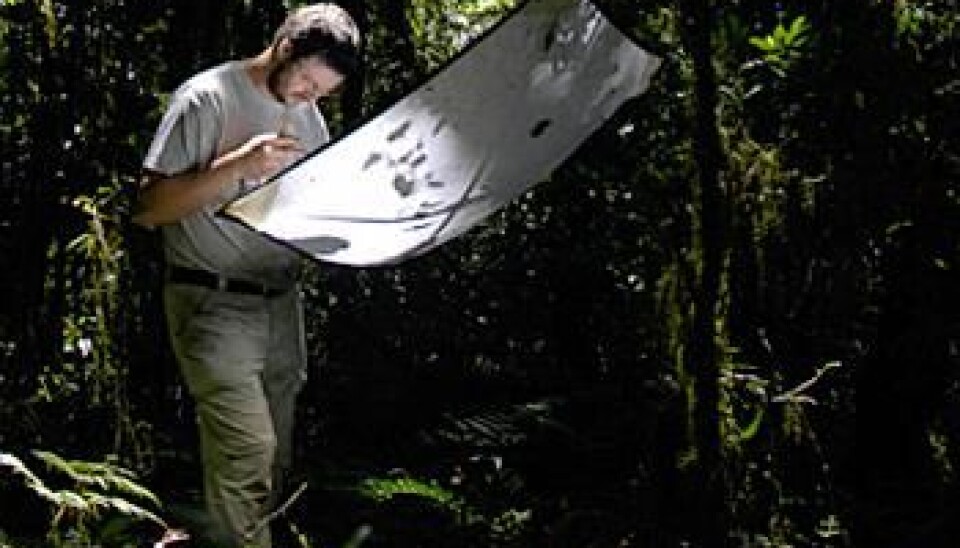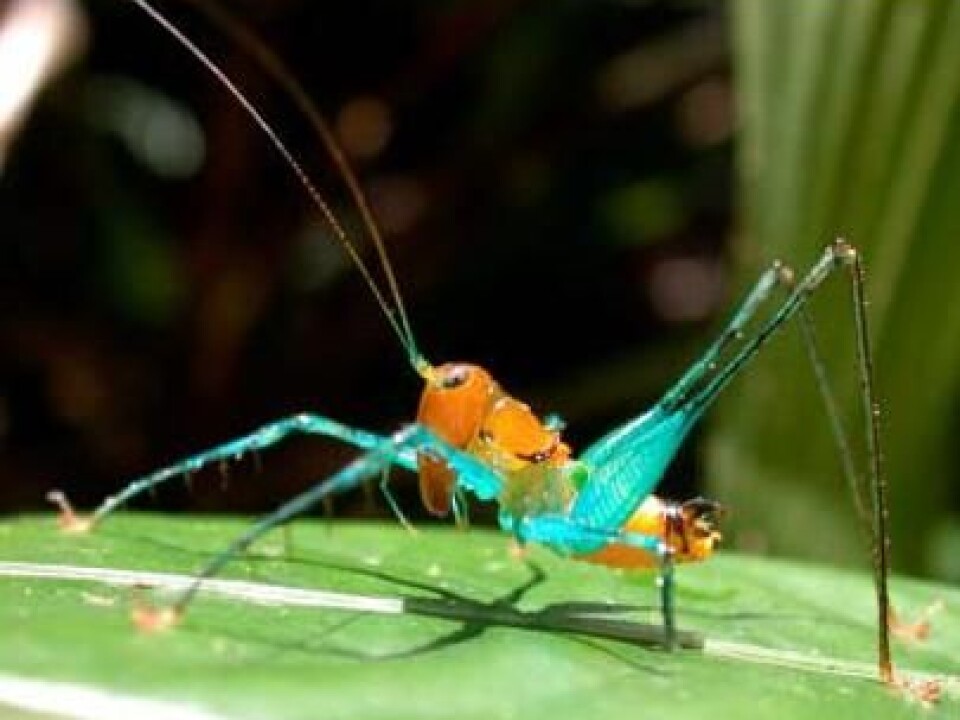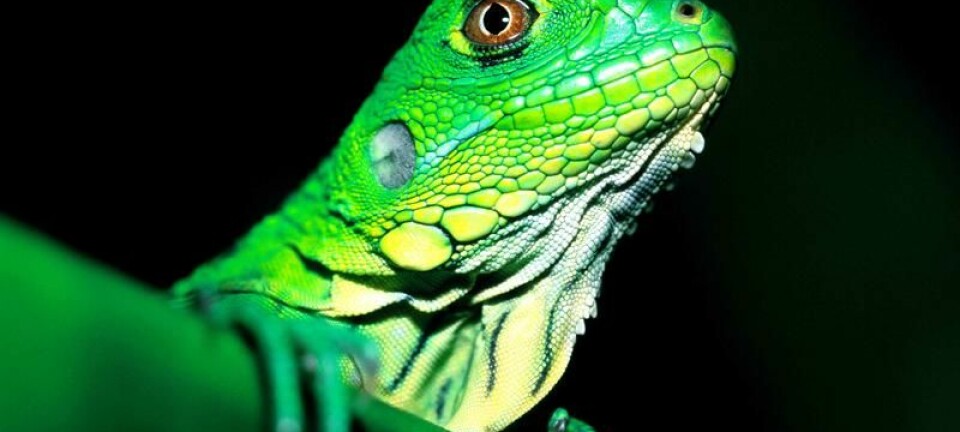This article was produced and financed by The Research Council of Norway

Bugs reveal the richness of species on Earth
A survey of biological diversity in a tropical rainforest helps researchers find the key to how many species exist on Earth.
Denne artikkelen er over ti år gammel og kan inneholde utdatert informasjon.
How many species inhabit the Earth is a longstanding question. There is no lack of calculations or models which attempt to provide an answer; the problem was the absence of empirical data. That has now changed.
“After nearly ten years of work, we have determined that Panama’s San Lorenzo forest is home to 25,000 arthropods. This is the very key to resolving the question of how many species there are in the world,” states Frode Ødegaard, the sole Norwegian involved in the project and one of the prime movers behind the study.
The significance of arthropods
The primary source of uncertainty in calculating the answer to the number of species, has been the status of arthropods.

Arthropod (phylum Arthropoda) is a collective term comprising insects, arachnids, and crustaceans, commonly referred to in the vernacular as “bugs”.
Although arthropods make up the majority of all living animal species, little is known about their true numbers.
Knowing that arthropods comprise approximately 70 per cent of all living species, and that the vast majority of them live in tropical rainforests, it makes perfect sense that you can carry out a census of all the bugs in the rainforest to find an answer to the overriding question. This is precisely what the researchers have done.
The rainforest holds the key
Frode Ødegaard and his international team of 102 researchers went directly to the source. And this led them to the core of the mystery.

After 10 years of examining every inch of the San Lorenzo forest in Panama, from the forest floor to the top of the forest canopy, the researchers have collected and identified 130,000 bugs representing over 6,000 different species.
A large portion of all species discovered in the forest were found in a rather small area – a fortuitous development for the researchers.
“What this means, basically, is that we can determine the diversity of species within a tropical forest by examining smaller areas and then extrapolating the findings,” Ødegaard explains.
A greater diversity of flora means more species
Yet another interesting result of the study is that the number of arthropods can be determined based on the number of plants living in the forest. This greatly simplifies the census work.
Surprisingly, this also applies to non-herbivores. This finding lends support to earlier theories that postulate that the richness of species increases in correlation with the diversity of plant life.
The researchers discovered that for every species of plant found, there would be 20 species of arthropod. Similarly, there are 83 arthropods per species of bird and 312 per species of mammal.
Now that we know the answer, what is the question?
While we may have found the answer, we still need to determine the real question. Why is it so important to protect all these species?
The list of ecological, political and ethical arguments for why we should safeguard biodiversity is long and all the arguments are sound. According to Ødegaard, the most important argument is that the human race is entirely dependent on diversity in nature.
“We can think of it in terms of being on an aeroplane. The Earth is the plane and the species are the bolts holding the machine together. Some of these bolts are more important than others. We can lose some of the bolts, but if too many go missing the plane is going to crash.”
Encouraging ecologists to think big
“This study has shown that the time has come to think big,” Frode Ødegaard says. "Only by means of large-scale collaboration projects will we be able to gain insight into existential questions of this type."
Other projects include the collaborative efforts to map the human genome and understand the nucleus of the atom at CERN.
“Norway has just recently endorsed the goals of the new international strategy for biodiversity to 2020. The findings of Ødegaard’s research team come at a very convenient time in terms of our commitments to seeing the strategy through,” says Per Backe-Hansen of the Research Council of Norway.
The Research Council co-financed Ødegaard’s participation in the project from 2007 to 2009.
Frode Ødegaard has already embarked upon follow-up research. He and the rest of the team are currently in Papua, New Guinea comparing the calculations from Panama with findings on another continent. They are investigating issues such as how diversity progresses in higher terrains.
Translated by: Glenn Wells/Carol B. Eckman
































